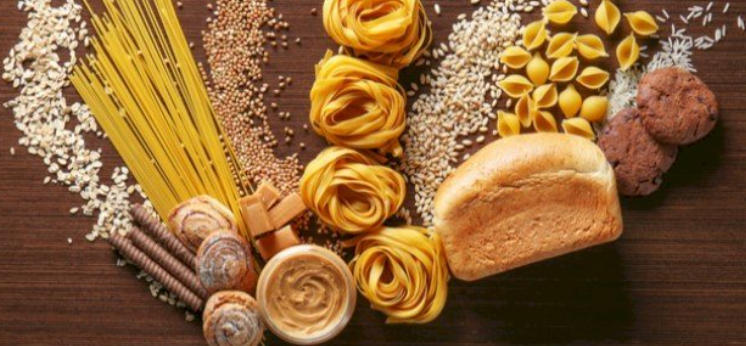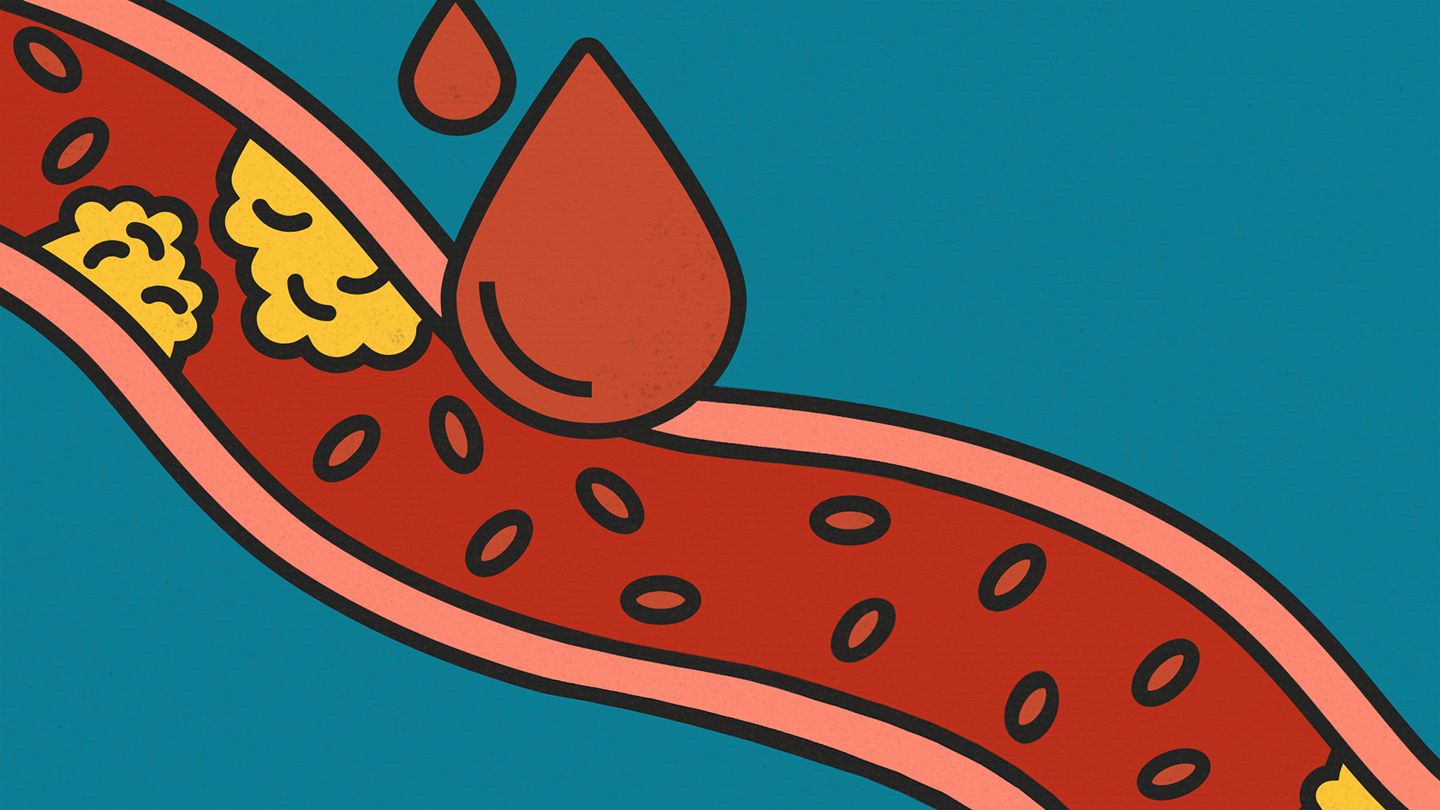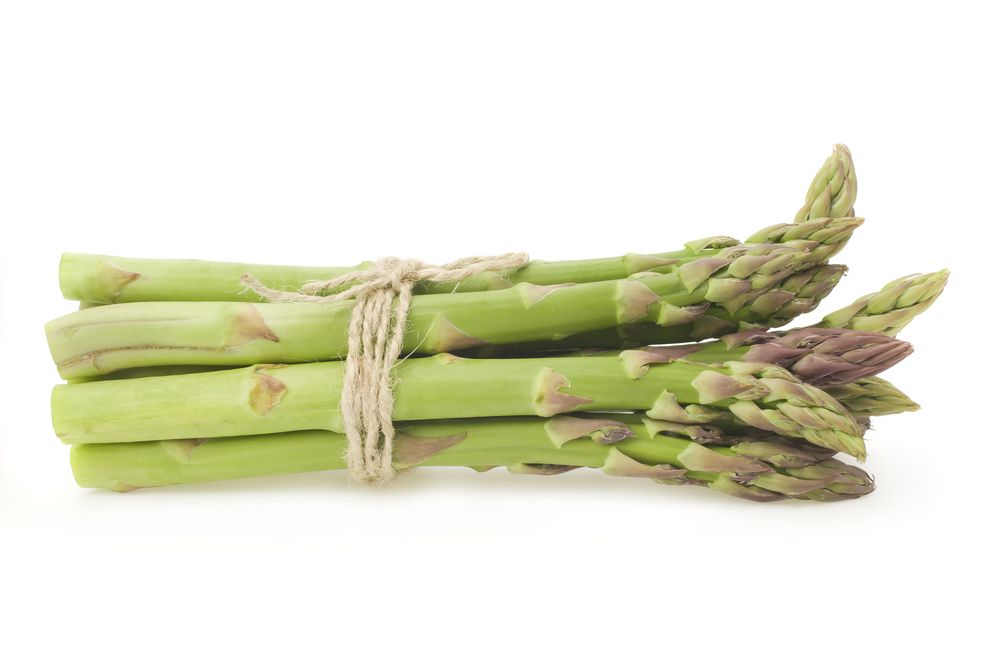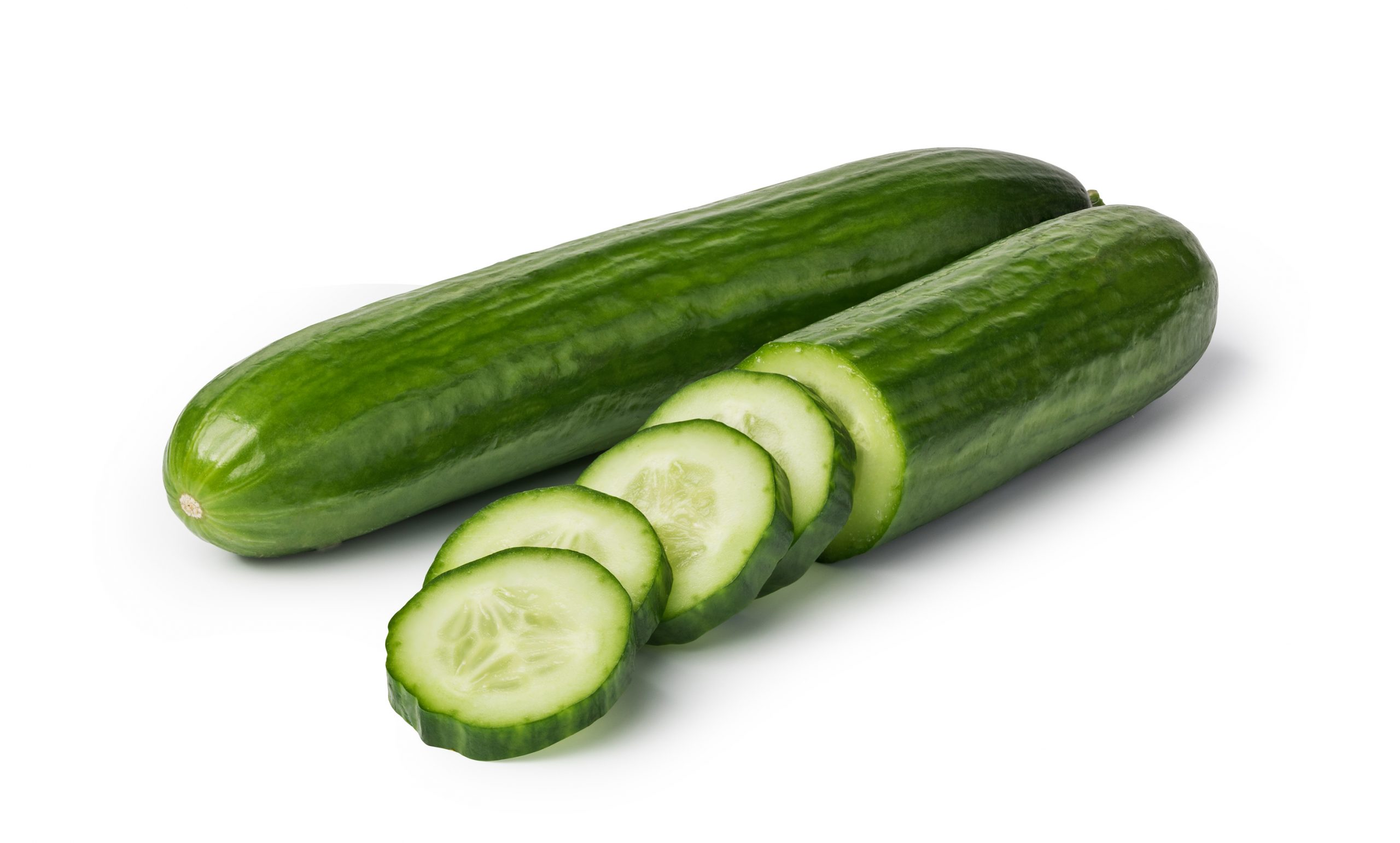Carbohydrates: what are they and where do they come from? Among carbohydrates, starch includes sugars, fibers, and the most common carbohydrates, such as grains and root vegetables.
The carbohydrates in starchy foods are a good source of energy as well as fiber, calcium, iron, and B vitamins. Although some people believe starchy foods may cause weight gain, one gram of them contains a small amount of fat and calories.

Carbohydrate types
There are three types of starches: easily digestible starches, slow digestible starches, and resistant starches.
Starches that digest quickly
The starch in this type of food is quickly digested and absorbed in one part of the small intestine and in another part of the small intestine, leading to its rapid absorption. A rapid and large increase in blood glucose levels can damage cells, tissues, and organs after consuming fast-digesting starches after a period of hypoglycemia.
White bread, doughnuts, croissants, biscuits, cakes, pies, most packaged breakfast cereals, white rice, bananas, dates, and grapes are examples of fast-digesting starches.
Starches that take a long time to digest
In contrast to fast-digesting starches, complex starches are slowly digested in the small intestine, which keeps a constant and slow supply of glucose in the blood during the initial drop in blood sugar, providing energy for a long time. Uncooked grains such as wheat, rice, barley, corn, rye, carrots, sweet potatoes, and legumes are examples of slow grains. Lentils, peas, and nuts are examples.
Starch that is resistant
There are some starches that the body cannot digest and use as an energy source, so they pass through the digestive tract partially or completely, such as: Italian toast, pumpernickel bread, potato chips, corn chips, oats, white. Starchy fruits include beans, muesli, and bananas.
There are several types of resistant starch in foods, depending on how they are cooked and when they are consumed; among them are:
Type 1:
A person’s body cannot digest fiber and starch that gets stuck in the fibrous cell walls of food that they eat, and this type is found in large quantities in legumes, seeds, and grains.
Type 2
The complex structure of this type makes it difficult to digest, and it is commonly found in large quantities in unripe bananas compared to fully ripe bananas and is one of the most common types in raw foods.
Type 3:
In foods that contain starch and are then cooled, such as rice and potatoes, some types of starches become very resistant.
Type 4
The resistant starch in this type has been completely modified and processed.
Type 5
Starch associated with fat results in a change in its structure, making it more resistant to digestion.

Sources of carbohydrates
Starch can be found in many foods, as shown in the table below:
| food sources | Amount of carbohydrates (grams) |
| 100 grams of French bread | 44 |
| 1 cup of brown rice | 50 |
| 1 medium sweet potato | 30 |
| 1 cup whole wheat pasta | 30 |
| 1 package of instant noodles | 47.7 |
| 1 cup of corn starch | 117 |
| 1 cup of whole wheat flour | 69 |
| 1 cup of flour | 81.6 |
| 1 cup of oats | 46.9 |
| 1 cup of millet flour | 83 |
| 15 grams of salted crackers | 11 |
| The size of a common English muffin | 23.1 |
| 49 grams of tortilla bread | 19.7 |
| 1 medium pastry | 38.8 |
| 60 grams of streptococcus (pretzel) | 42.8 |
| 1 piece of cookie | 4.8 |
| 28 grams of Rice Krispies | 20.2 |
It is important to consider several factors when determining the recommended daily amount of carbohydrates. The daily carbohydrate intake should be approximately 45-65% of total calories, depending on factors such as gender, physical activity, age, and general health. If a person consumes 2000 calories per day, approximately 225 to 325 grams of carbohydrates should be consumed.
It is recommended to choose healthy starches (complex carbohydrates) and avoid harmful starches.
Carbohydrate tips for a healthy diet
The American Diabetes Association recommends following the following strategy when preparing daily meals:
- Separate the dish horizontally into two halves, then divide one of the halves into two.
- Fill halfway with non-starchy vegetables like spinach, carrots, cabbage, mushrooms, or lettuce.
- You can fill one quarter with starches such as brown rice or pasta, legumes like beans, or starchy vegetables such as winter squash.
- Use skinless chicken, salmon, or lean beef for the other quarter of your meal.
- You can add low-calorie drinks such as water or unsweetened tea to your diet in addition to fruit or low-fat dairy products.
- To ensure that carbohydrates are consumed in a healthy manner, the following tips can be used:
- Consuming fewer carbohydrates-containing foods such as pasta, white bread, white rice, and corn.
- Instead of white rice, choose brown rice and whole grain bread.
- Eat a low-carb, high-protein breakfast such as eggs to limit simple carbohydrates during breakfast.
- Eat non-starchy vegetables instead of starchy ones. Broccoli, mushrooms, and tomatoes, for example.
- It is important to consume foods rich in healthy fats and reduce carbohydrates to ensure that the body benefits from fats and to continue the diet without boredom or regression.
Carbohydrates have many disadvantages
In various ways, carbohydrates can harm the health of the body, but the following are some of the most obvious:
Overweight and obesity
Eating refined starches may increase your chances of being obese, according to a 2016 study in the Journal of the American College of Cardiology.
Diabetes that is uncontrolled
The consumption of carbohydrates, including starchy foods, may increase the body’s need for insulin, while limiting carbohydrate intake helps control the glycemic index (blood sugar level).
Lethargic and full
You may feel full and lethargic after eating starchy foods.
High blood pressure is possible
It is not clear whether carbohydrate intake raises blood pressure, but the source of carbohydrate plays a role, so some carbohydrate sources may raise it and others may not. More studies and research are needed to understand more details.
Heart disease risk increases
A study published in the journal (Nutrients) in 2018 suggested that excessive consumption of refined carbohydrates may increase the risk of heart disease.
Carbohydrate-free foods
A group of foods are considered starch-free, which include:
The beef
In some types of meat, starch may not be present, or it may be present in small amounts:
- The chicken
- turkey
- Skinless white meat.
Fats that are healthy
Foods with between 50 and 120 calories and 4 to 8 grams of fat, but no carbohydrates, are as follows:
- Oils from olives and vegetables.
- A peanut butter sandwich.
- Vinegar and oil are used in salad dressings.
- The avocado
- Cheese that is normal and low-fat.
- egg
When following a weight loss diet, should you eliminate carbohydrates?
There is a common misconception that carbs cause weight gain. In fact, reducing consumption of good and bad carbs can reduce calorie intake, which may lead to weight loss, and these foods contain a high amount of protein and fat to make up for the lack of carbohydrates, since carbohydrates are the main source of energy. The body uses fat and protein as an alternative energy source when its consumption is reduced.
It is worth noting that there are a number of low-carb diets that lead to rapid weight loss, but they are harsh and can lead to some unwanted side effects.
Summary:
It can be found in many foods, such as grains, vegetables, legumes and can be classified according to its rate of digestion. Starch is one of the types of carbohydrates and an important source of energy, vitamins, and other nutrients. Starches that digest quickly, slowly, and are resistant to digestion.










